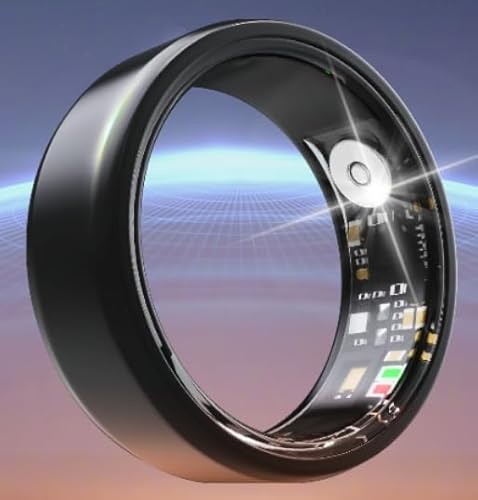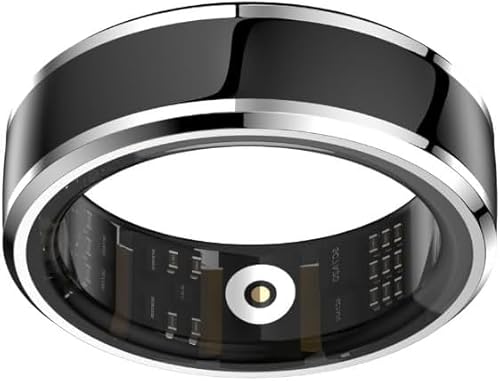I was at a dinner meeting last night where the speaker was a doctor who has specialized in anticoagulation therapy. After the program we had a chance to sit and talk about a few things. When we were talking about bridging therapy, she raised a point that we have overlooked in our discussion here. Unfactionated heparin, the kind that you get by IV drip, is far from the ideal way to bridge because it is so hard to get the correct dose. After 24 hours on the drip about 40% of the people will still not have a level high enough to offer much, if any, protection. About another 10% will have levels high enough to make the risk of bleeding very high. Only about 1/2 of the people on heparin drips will be protected from a clot with low risk of bleeding after 24 hours.
Even though Lovenox, isn't and probably never will be, FDA approved for bridging, it is much more predictable. Almost 100% of the people who have their dose calculated on their actual weight will have full protection after 4 hours. We now know that people who have reduced kidney function need to have their Lovenox dose reduced and there are charts showing how to do this. Almost all of the reports of serious bleeding with Lovenox, we now know, occurred in people with poor kidney function. Using this new method, the risk of serious bleeding will be almost 0%.
Remember that neither unfractionated heparin nor Lovenox has been approved for bridge therapy and it is unlikely that any study could be done to satisfy the FDA as proof of safety and effectivemness of either method.






















